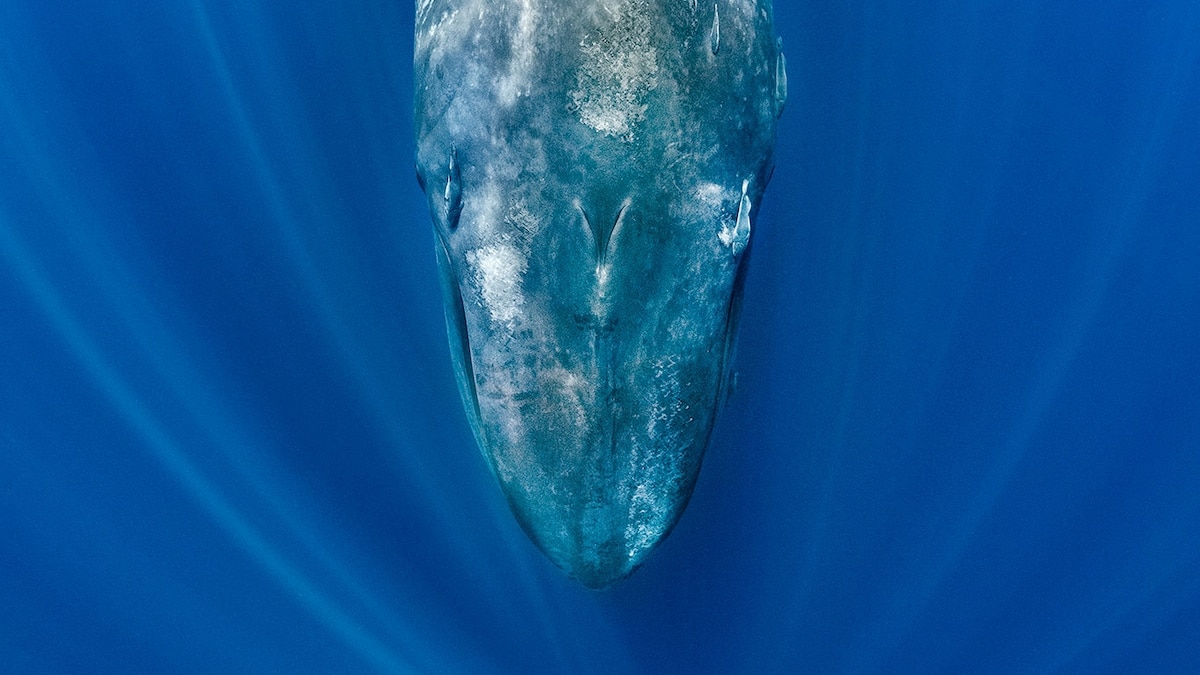Beneath the ocean’s surface, a symphony ripples and rolls, ricochets and hums—and whales pour their songs into the deep soundscape like streams of molten silver.
Deep within the noise, a 32-mile-long cable stretches out from the California coastline along the seafloor, tethered to the ground 3,000 feet below the surface. At its end is a two-inch-wide metal cylinder standing on three legs. This hydrophone, an underwater microphone, can record and trace the ocean’s shifting harmonies for years on end.
In a study published earlier this year, which traced more than six years of acoustic monitoring in the central California Current Ecosystem, Ryan and a team of researchers found clear patterns in whale song across seasons and years. By chance, the recordings began during a massive marine heatwave unlike anything seen before in the region.
The study documented whale songs beginning in July 2015, and revealed that different species responded differently. Humpbacks have a more diverse diet and were able to adapt to harsh conditions; their songs didn’t change. But blue and fin whales feed almost exclusively on krill, and their songs were detected less often than years prior.
The heatwave reduced the food whales rely on and triggered harmful changes in ocean chemistry, allowing toxic algae to bloom. “It caused the most widespread poisoning of marine mammals ever documented. These were hard times for whales,” says Ryan.
As prey became scarce, blue whale vocalizations dropped by nearly 40 percent alongside a collapse in krill and anchovy populations, the recent study showed.



☝ they’re not kidding.
https://pmc.ncbi.nlm.nih.gov/articles/PMC7795586/
Plants, like all organisms, can only survive within a specific temperature range. Take a forest or jungle or some region of ocean plantlife, and in each you’ve got variety of plants with a similar threshold… crank that heat up and there comes a point where a lot of them just die.
So… things like an entire jungle just collapsing could happen kinda suddenly.